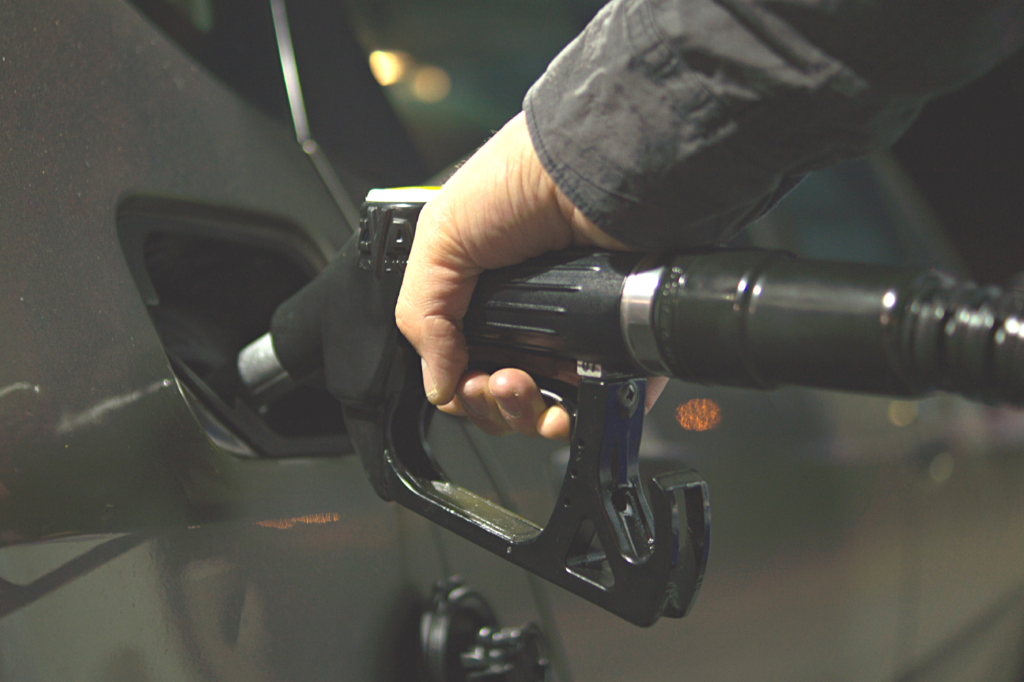
The fuel crisis has been plaguing the country for the better part of the past two weeks, leading to hour-long queues at forecourts and frustration among motorists. Triggered by the closure of only a handful of gas stations on 23rd September, the crisis has quickly escalated, as drivers rushed to fill up their tanks. Whilst pressures have eased in many regions of the country, it has taken longer for excess demand to taper off in London and the south-east of England.
However, with demand for fuel subsiding and supply being supported through government efforts, we expect the fuel shortage to end soon. Should the shortage persist until the end of the month and into November, this would imply either an actual lack of supply in the country or a much harder to tackle logistical challenge of getting deliveries to petrol stations. In this case, the knock-on consequences for the economy could be severe, even if more people are now equipped to work from home compared to pre-pandemic times.
The good news is that the only way for demand to go from here is down. Transport is a ‘derived demand’ and there has been no fundamental change in drivers’ desire to travel. Moreover, the physical constraints on a fuel tank means that a peak in monthly demand must have already been reached. Anecdotal evidence suggests that most households have now filled their car tanks at least once. Indeed, data from Waze (a Google-owned navigation company) shows that there was a near trebling of people driving to petrol stations [[1]]. Moreover, data from EdgePetrol indicates that people have on average been filling their tanks an extra 22%: 29.82 litres instead of 24.5 litres [[2]]. Combined, this represents a 230% increase in demand for petrol. This further suggests that people have been filling their tanks (which have an average capacity of 60-70 litres) and topping up where possible.
The average monthly expenditure of households on fuel is about £96 [[3]]. Given that the average cost to fill a tank is about £75 [[4]], most road users will need to fill their tanks approximately 1.3 times per month. This means that the average household will have already met their normal monthly quota. Hence, demand must soon fall back if a normal monthly rate of fuel consumption is to be realised. Of course, the more precautious drivers are, the longer this adjustment may take.
The other part of the puzzle is unresponsive supply. Forecourts have been emptying their tanks of E5 fuels to prepare to use greener E10 fuels and so capacity levels had been low. At the same time, there has been a lack of HGV drivers to increase supply sufficiently to match the spike in demand. However, the government’s efforts to provide drivers from the army and temporary visas to EU drivers (although with a limited uptake [[5]]), will surely have boosted supply sufficiently to meet the falling demand. Data from the DfT shows that, between 23rd and 26th of September, average sales per filling station outstripped average deliveries by a cumulative total of about 28k litres. The following week, however, saw average deliveries outstrip sales by about 50% of this amount (13k litres) [[6]]. Assuming this trend continues, by about 10th October the initial gap should have been plugged.
Hence, the worst must be behind us, and the crisis substantively resolved. Nevertheless, there remains a need to address the longer-term supply-chain vulnerabilities highlighted by Brexit and the ageing workforce of the HGV industry.
[1] https://news.sky.com/story/how-an-extra-five-litres-of-petrol-meant-the-country-ground-to-a-halt-12426700
[2] https://news.sky.com/story/how-an-extra-five-litres-of-petrol-meant-the-country-ground-to-a-halt-12426700
[3] https://www.statista.com/statistics/285656/petrol-diesel-and-other-motor-oils-weekly-uk-household-expenditure-by-age/
[4] https://www.racfoundation.org/data/cost-of-filling-up-average-car-uk-chart
[5] https://news.sky.com/story/supply-chain-crisis-just-127-of-300-visas-for-tanker-drivers-to-come-to-uk-have-been-granted-johnson-admits-12426469
[6] https://www.gov.uk/government/statistics/oil-and-oil-products-section-3-energy-trends
For more information please contact:
Rowlando Morgan Email: rmorgan@cebr.com Phone: 07943098197
Over the weekend: 02073242850
